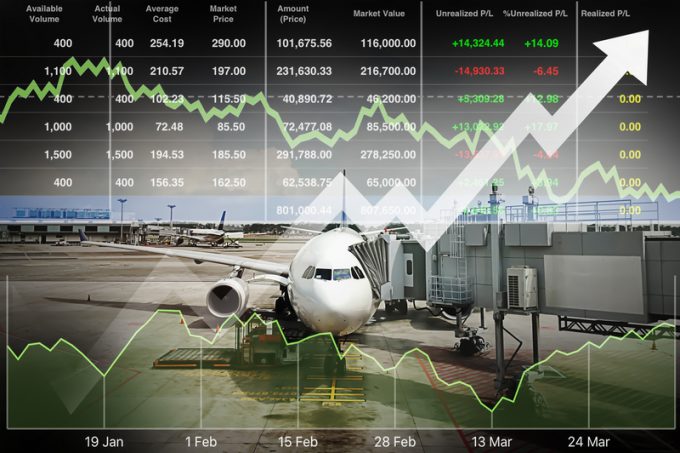Tangled! DP World's Silk Logistics deal struggling in competition web
Which way will the worm turn?

The air cargo industry needs a better understanding of indices – and the role of the Baltic Exchange – if it is to fully benefit from the data provided, according to the exchange.
But some senior air cargo executives think the current business model and thinking ...

Comment on this article